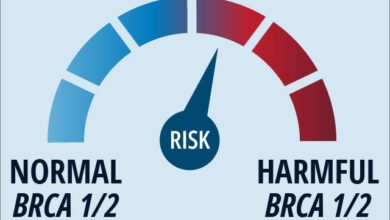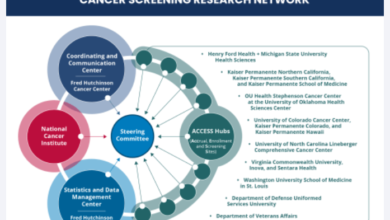Three-Drug Regimen May Improve Survival Outcomes in Subset of Patients with Melanoma

Treatment with Tecentriq (atezolizumab) plus vemurafenib and Cotellic (cobimetinib) demonstrated an improvement in overall survival (time patient lives after diagnosis or treatment) for patients with BRAF-mutated melanoma, according to a recent second interim analysis.
“It is known that using targeted therapies with dual BRAF and MEK inhibitors in patients with BRAF-mutated melanoma that is unresectable or metastatic can lead to rapid, clinically meaningful responses,” Dr. Sunandana Chandra, associate professor in the division of hematology oncology at Northwestern University Feinberg School of Medicine in Chicago, told CURE® in an interview.
Previous research showed that Tecentriq plus vemurafenib and Cotellic improved progression-free survival (time during and after treatment when the patient lives without disease progression) compared with placebo in patients with BRAF600 mutation-positive melanoma (15.1 months versus 10.6 months, respectively).
“However, the responses may not be durable as the melanoma becomes resistant to the therapies,” Chandra continued. “This second interim analysis of the IMspire150 trial once again shows that for patients with BRAF mutated melanoma, triplet therapy with a BRAF and MEK inhibitor, and a single immunotherapy agent can lead to increased progression-free survival – i.e., the time before disease progression. This study showed that triplet therapy is safe, tolerable and may lead to clinical benefit for some patients. “
Results of updated data from the IMspire 150 trial demonstrated that at a median follow up of 18.9 months, the median overall survival was 39 months in the Tecentriq groups and 25.8 months in the placebo group. Although this was a numeric improvement, it was not statistically significant.
“The overall survival benefit in patients treated with triplet therapy in IMspire150 was numerically higher (in number of months of survival) than those patients treated with dual targeted therapy, but still not statistically significant at this second interim analysis,” Chandra said. “It is yet unknown if additional time and follow up of patients will lead to a statistically significant overall survival benefit in patients treated with triplet therapy.”
The study included patients with previously untreated unresectable stage 3c or 4 melanoma who received either Tecentriq (256 patients) or placebo (258 patients), in addition to vemurafenib and cobimetinib.
Chandra noted that this study, compared with others that which evaluated triplet therapy, is the first to demonstrate an improved overall survival combining a BRAF and MEK inhibitor with an immunotherapy drug compared to targeted therapy alone.
“In comparison, using combination immunotherapy, regardless of BRAF status, has a significant improvement in overall survival in patients with unresectable or metastatic melanoma,” she said.
Furthermore, Chandra continued, this triplet therapy could be a good option for patients with BRAF600 mutation-positive melanoma who have a significant symptom burden.
“For a subset of patients with BRAF mutated melanoma who may have a significant and symptomatic tumor burden that requires rapid tumor shrinkage to improve quality of life or those who are not eligible for, or intolerant of, combination immunotherapy, IMspire150 and other triplet studies show that combining the targeted therapies with an immunotherapy may be a reasonable treatment option,” she said. “However, careful consideration is needed as to which patient is suitable for treatment with this triplet regimen versus using a sequential approach.”
Additionally, the triplet therapy appeared to be safe and tolerable for patients. The most common side effect of any severity in the Tecentriq group included blood creatine phosphokinase (51%), diarrhea (50%) and fever (50%).
The most common severe or worse side effects to occur in both the Tecentriq and placebo groups included increased lipase (acute pancreatitis; 54 patients out of 231 versus 62 out of 280, respectively), blood creatine phosphokinase (51 versus 50) and increased alanine aminotransferase (32 versus 26). Serious side effects occurred in 112 and 117 patients, respectively. Fatal side effects were reported in eight patients in the Tecentriq group and six patients in the placebo group.
“Each patient’s individual case, melanoma disease characteristics, and concurrent medical illnesses must be taken into account prior to deciding if triplet therapy is the best and most efficacious option,” Chandra concluded.
For more news on cancer updates, research and education, don’t forget to subscribe to CURE®’s newsletters here.
Source link
#ThreeDrug #Regimen #Improve #Survival #Outcomes #Subset #Patients #Melanoma



